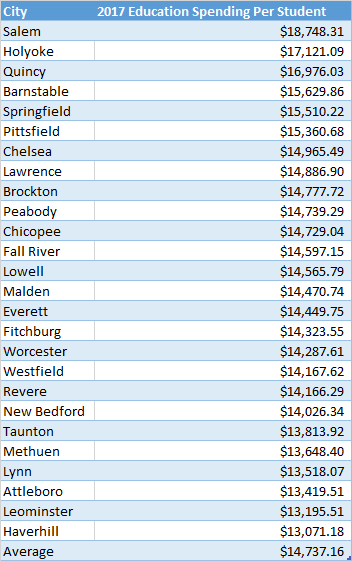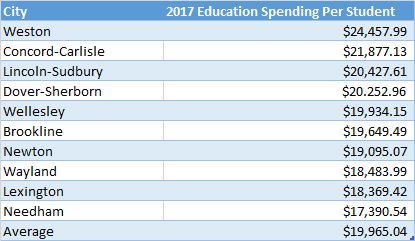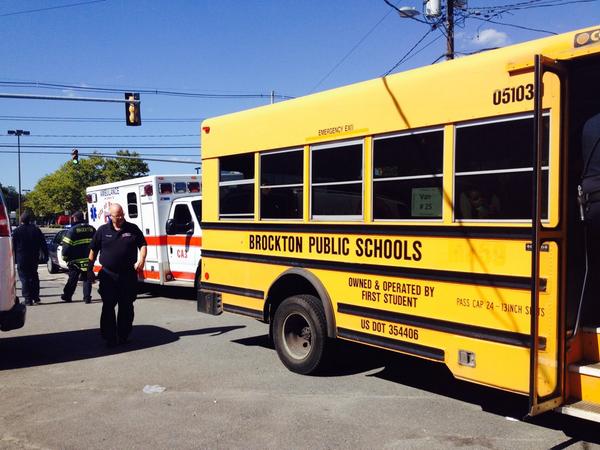Gateway Cities Face Educational Spending Challenges
As the Boston Globe recently reported, Gateway Cities Brockton and Worcester are mulling a lawsuit against the Commonwealth. They cite the methodology the state uses to address funding aid inequity for public schools in poorer municipalities as insufficient to meet their students’ needs.
The article also demonstrated the wide gap between public school resources available to Brockton and wealthy towns like Weston which are able to fund their school systems through higher property wealth. Data from Pioneer’s online transparency toolset, MassAnalysis.com, shows that the average single family tax bill in 2016 was $3,264 in Brockton, and $3,643 in Worcester. Weston’s was almost 5 times higher at $17,832.
Using data from the Massachusetts Department of Elementary and Secondary Education (DESE), Pioneer Institute has compared 2017 education spending per student in each of the 26 Gateway Cities.
As shown in the table below, Brockton and Worcester were not the only Gateway Cities that suffered from a lack of funding for their schools:

Brockton ranked 9th among the Gateway Cities in education spending per student in 2017 at $14,778, while Worcester ranked 17th, at $14,288. Leominster and Haverhill were last, spending just $13,196 and $13,071, respectively. Salem and Holyoke were the only outliers among the Gateway Cities, spending $18,748 and $17,121, respectively, per student.
In contrast, the table below shows a sample of education spending per student in 10 more affluent school districts across the Commonwealth:

On average, these school districts spent $19,965 on education per student in 2017, compared to an average of $14,737 among Gateway Cities, a difference of $5,228. This gives the students in wealthier school districts a significant advantage over those in the Gateway Cities. A difference of more than $5,000 per student goes a long way towards improving the quality of education through access to substitute teachers, classroom aides, supplies, technology, and textbooks.
Clearly, the students of Brockton and Worcester received significantly less funding for their education than other communities. And they’re not alone. Other Gateway Cities like Leominster and Haverhill also face the same educational spending challenges. If the intention of the state’s school funding methodology is to create equity in school spending, it falls short of its goals.
For more analysis of Massachusetts communities, visit MassAnalysis.com, where you can use our tools to benchmark your city or town’s performance across a number of different measures.



